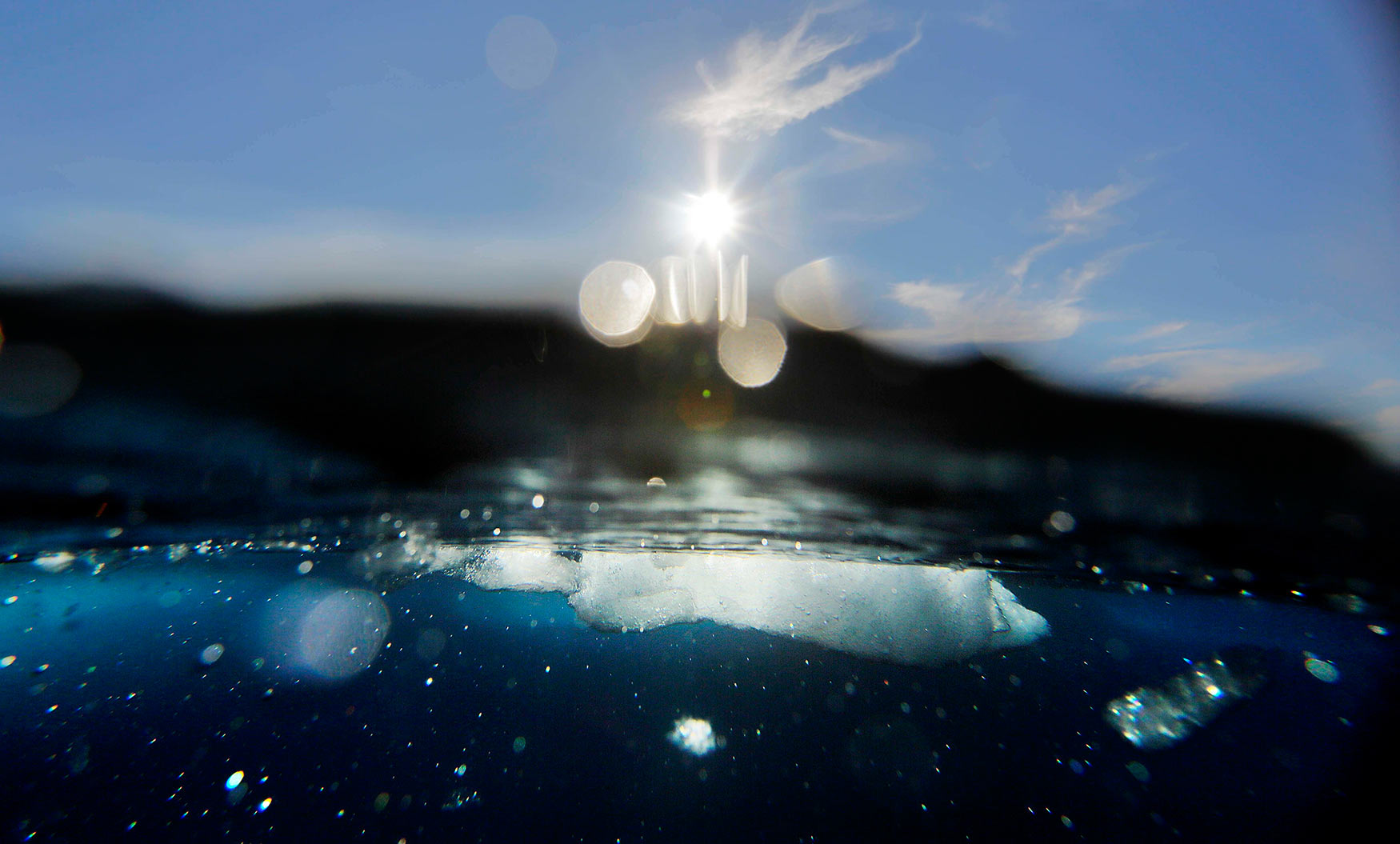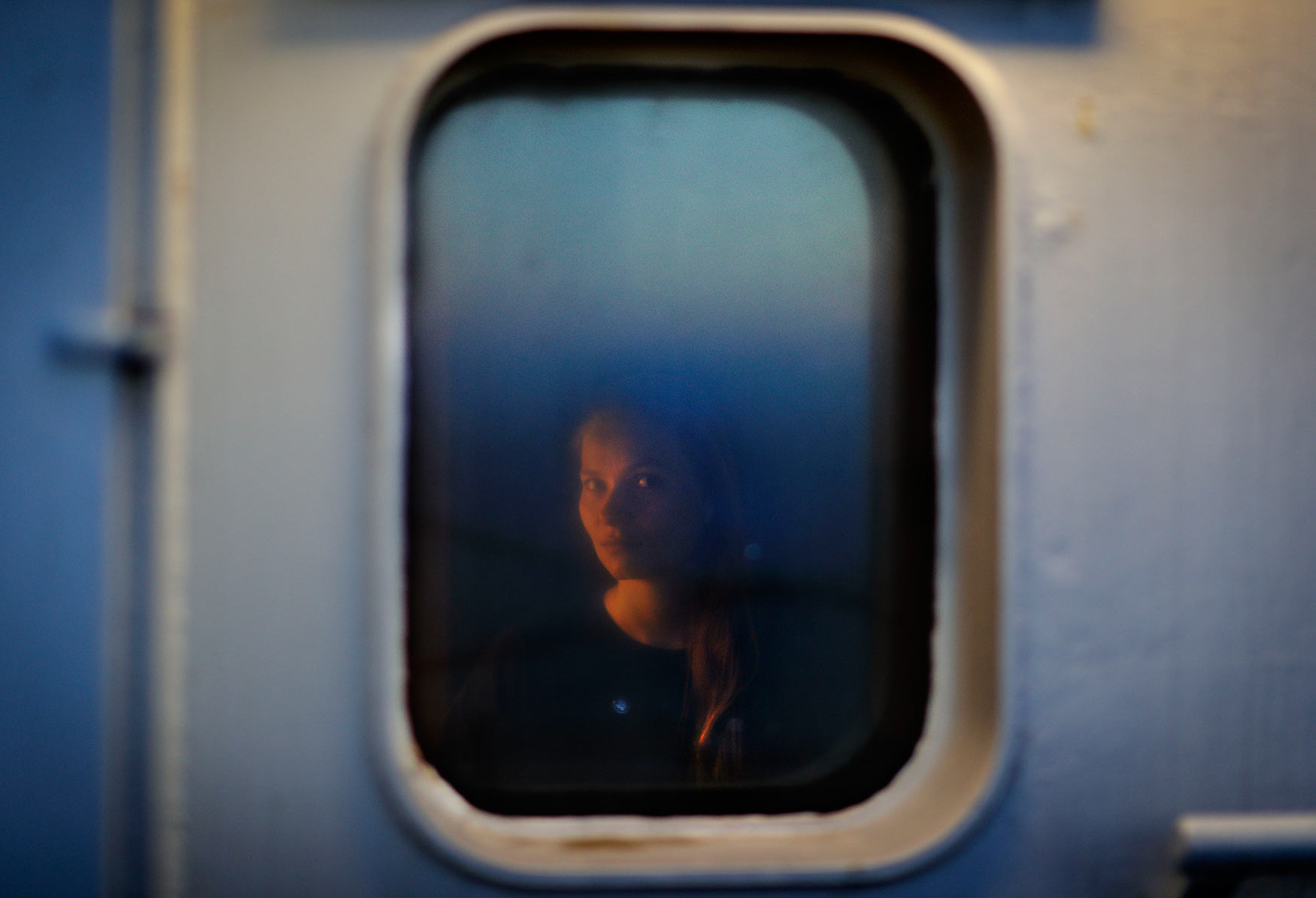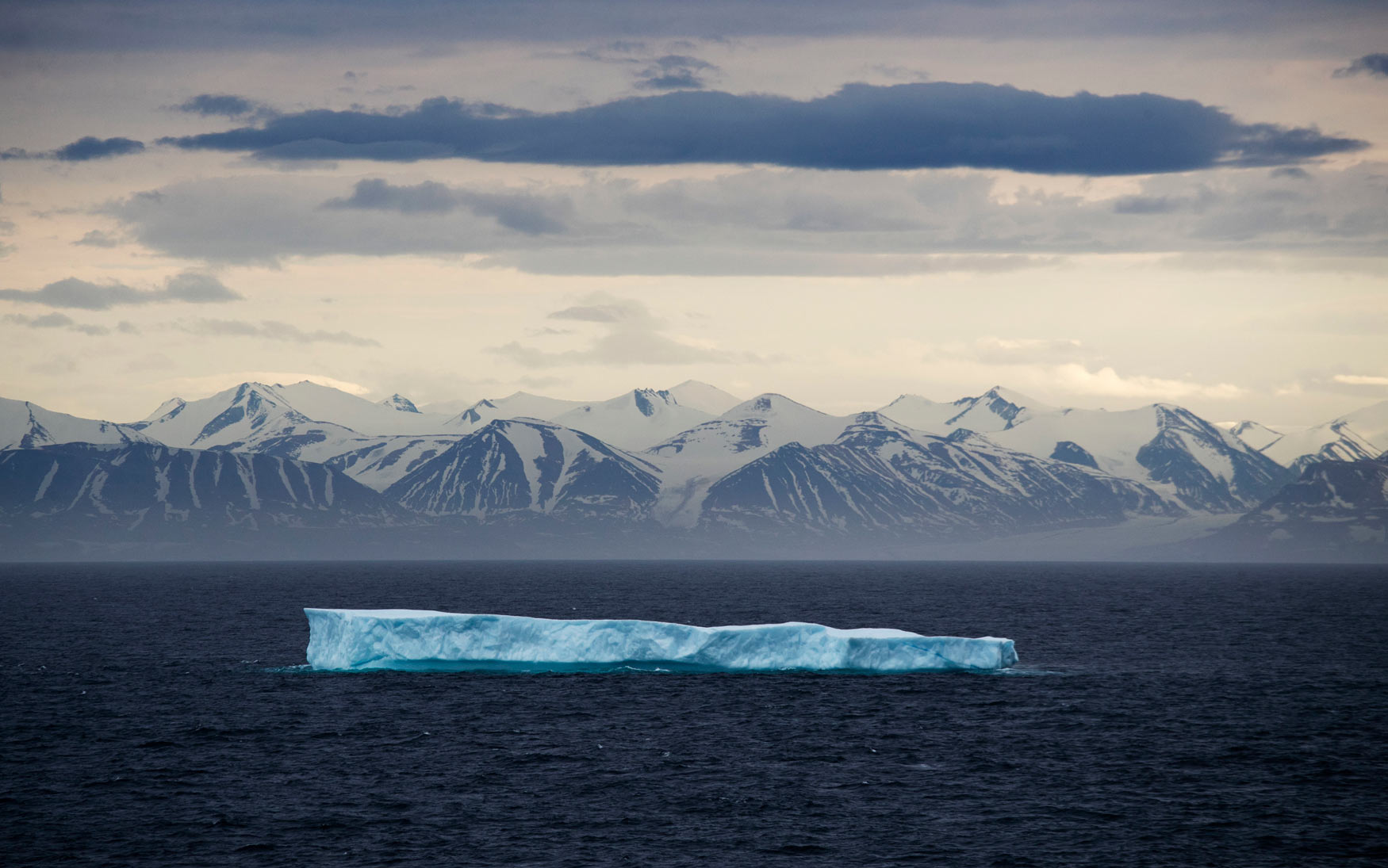Northwest Passage’s history marked by dangers, death

European explorers had long speculated about the existence of an Arctic route that connected the Atlantic and Pacific Oceans and would avoid the long journey around South America’s Cape Horn.
For centuries, able seafarers failed to find the Northwest Passage, among them John Cabot, Henry Hudson, Francis Drake and James Cook.
This 1923 photo shows the schooner Maud, frozen during winter at Aton Island off Siberia, with which Capt. Roald Amundsen made an attempt to reach the North Pole in 1924. In 1903, Amundsen and six other men set out in a tiny ship, the Gjoa. Sailing from east to west, they drew on the expertise of indigenous Inuit people to brave the dangerous conditions and reached Alaska in 1906. (AP Photo)
Harsh weather, thick ice and treacherous shallows forced many expeditions to turn back. Those that didn’t ended in disaster, such as the expedition led by British naval officer John Franklin in 1845.
Franklin’s men perished from scurvy, starvation and apparent lead poisoning from food tins, with some resorting to cannibalism toward the end. The wrecks of their formidable ships, HMS Erebus and HMS Terror, were found in 2014 and 2016.
Rescue parties sent to find Franklin’s expedition made key discoveries about the passage’s maritime geography, eventually paving the way for the first successful transit.
In 1903, Norwegian explorer Roald Amundsen and six other men set out in a tiny ship, the Gjoa. Sailing from east to west, they drew on the expertise of indigenous Inuit people to brave the dangerous conditions and reached Alaska in 1906.
Norwegian explorer Roald Amundsen, left, stands with Lieutenant Undahl, who is his pilot in the attempt to fly over the North Pole, at the doorway to his hut on the Arctic ice in 1926. In 1911 Amundsen beat Captain Robert Scott to be the first man to reach the South Pole. (AP Photo)
Norwegian explorer Roald Amundsen’s departure for the North Pole May 1926. (AP Photo)
Memorial services for Roald Amundsen, famous explorer, at the land anchorage of his former ship, the Gjoa, in Golden Gate Park, San Francisco Dec. 14, 1928. Amundsen sailed the Gjoa through the Northwest Passage in 1903, a voyage that took three years to accomplish. The speaker is O.T. Brandrud, Pastor of the Trinity Lutheran Church of Oakland. Norwegian singers are in the background. (AP Photo)
The next recorded transit of the Northwest Passage, this time from west to east, was completed by the Canadian RCMP vessel St. Roch in 1942.
Over the years, there have been 410 recorded transits, mostly by Canadian icebreakers and small adventure yachts. The first cargo ship to achieve a transit was the SS Manhattan, a reinforced tanker accompanied by several icebreakers in 1969.
The grave of Able Seaman John Hartnell, a crew member of the Arctic expedition led by Captain Sir John Franklin in 1845, is seen in the permafrost soil of Beechey Island, Nunavut, Canada, Sep. 23, 1986. (AP Photo)
In 1984, the Lindblad Explorer became the first cruise ship to complete the passage, carrying 104 passengers on a trip from New York to the Japanese port of Yokohama. Thirty-two years later, the Crystal Serenity set a new record, carrying 1,100 cruise passengers through the passage at once.
Cmdr. Bill Woityra, manager for domestic and polar icebreaking for the U.S. Coast Guard, right, gives a presentation on the history of U.S. ice breaking aboard the Finnish icebreaker MSV Nordica as it sails in the North Pacific Ocean toward the Bering Sea, Sunday, July 9, 2017. (AP Photo/David Goldman)
Text from the AP news story, Northwest Passage’s history marked by dangers, death, by Frank Jordans.
Follow a team of AP journalists as they travel through the Arctic Circle’s fabled Northwest Passage: New Arctic on AP News
Photos by David Goldman
Text Frank Jordans
Follow AP photographers on Twitter
Written content on this site is not created by the editorial department of AP, unless otherwise noted.
Visual artist and Journalist











